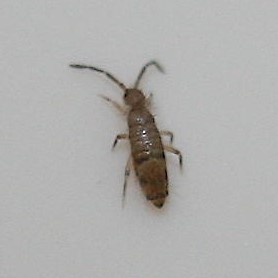
Entomobryidae, sometimes called "slender springtails", is a family of springtails characterised by having an enlarged fourth abdominal segment and a well-developed furcula. Species in this family may be heavily scaled and can be very colourful. The scale-less Entomobryidae are commonly caught in pitfall traps around the planet, and also occur in canopy faunas high up in trees. There are more than 1700 described species in Entomobryidae.
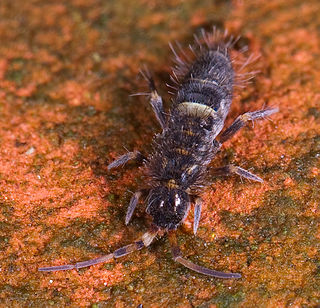
The Entomobryoidea are a superfamily of springtails (Collembola), tiny hexapods related to insects. In the modern sense, this group is placed in an order called Entomobryomorpha.

Springtails form the largest of the three lineages of modern hexapods that are no longer considered insects. Although the three orders are sometimes grouped together in a class called Entognatha because they have internal mouthparts, they do not appear to be any more closely related to one another than they are to all insects, which have external mouthparts.

Entomobrya is a genus of slender springtails in the family Entomobryidae. There are at least 270 described species in Entomobrya.
Homidia anhuiensis is a species of slender springtail in the family Entomobryidae.
Homidia cingula is a species of slender springtail in the family Entomobryidae.
Homidia formosana is a species of slender springtail in the family Entomobryidae.
Homidia laha is a species of slender springtail in the family Entomobryidae.
Homidia latifolia is a species of slender springtail in the family Entomobryidae.
Homidia nigrocephala is a species of slender springtail in the family Entomobryidae.
Homidia phjongjangica is a species of slender springtail in the family Entomobryidae.
Homidia similis is a species of slender springtail in the family Entomobryidae.
Homidia sinensis is a species of slender springtail in the family Entomobryidae.

Homidia socia is a species of slender springtail in the family Entomobryidae.
Homidia subcingula is a species of slender springtail in the family Entomobryidae.
Homidia tiantaiensis is a species of slender springtail in the family Entomobryidae. It can be found in China. It has been known to feed on Pleurotus ostreatus.
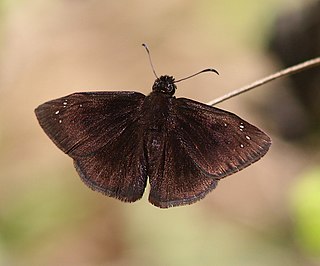
Ephyriades brunnea, the Florida duskywing skipper, is a butterfly in the family Hesperiidae. It was first described by Gottlieb August Wilhelm Herrich-Schäffer in 1865. The larvae feed on Barbados cherry, while wild coffee has been noted as an important adult nectar source, along with Bidens alba, Croton granduosus, and Lantana involucrata. The larvae are known to be parasitized by two species of parasitic wasp. It is found in South Florida, inhabiting pine rockland habitats. The species is of conservation concern.

Entomobrya unostrigata, the cotton springtail, is a species of slender springtails in the family Entomobryidae.
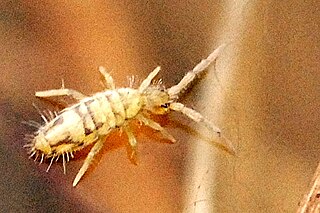
Entomobrya nivalis, the cosmopolitan springtail, is a species of slender springtails in the family Entomobryidae.
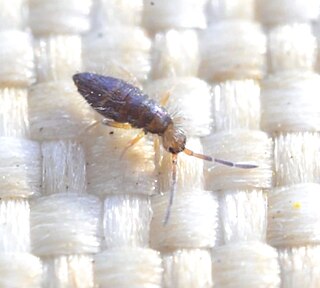
Willowsia buski, the damp grain springtail, is a species of slender springtail in the family Entomobryidae. It is found in abundance throughout North America and Europe, and likely has a cosmopolitan distribution. It can sometimes be found infesting stores of dry goods that have become contaminated with high moisture, giving rise to the name "damp grain springtail".







